[ad_1]
Horticulture is crammed with fancy botanical Latin phrases and technical phrases that at all times put gardeners off. These botanical phrases might seem extraordinarily difficult, or worse, incomprehensible. Nevertheless I promise plant naming is not as difficult as a result of it seems.
We now have Swedish botanist Carl Linnaeus to thank for this stress-inducing, mysterious plant naming system. Due to the amount of vegetation he dealt with over 250 years previously, Linnaeus wanted a simplified frequent system to utilize in his e-book Species Plantarum. Thus, binomial nomenclature was born. Technically he wasn’t the first to utilize this method, nonetheless was the first to make use of it continuously to the plant kingdom and later to the animal kingdom.
Understanding plant classification gives you necessary knowledge which will mean you can increased care in your crops. Sadly, frequent names aren’t fixed, so it’s laborious to rely upon them alone. Plus, they miss among the many clues involved in classification that current higher knowledge of what we’re rising.
Let’s take a look on the botanical phrases utilized in naming and classifying vegetation. I’m specializing in these that are useful to gardeners nonetheless know that there are a variety of further groupings in the marketplace helpful to botanists too.
Family
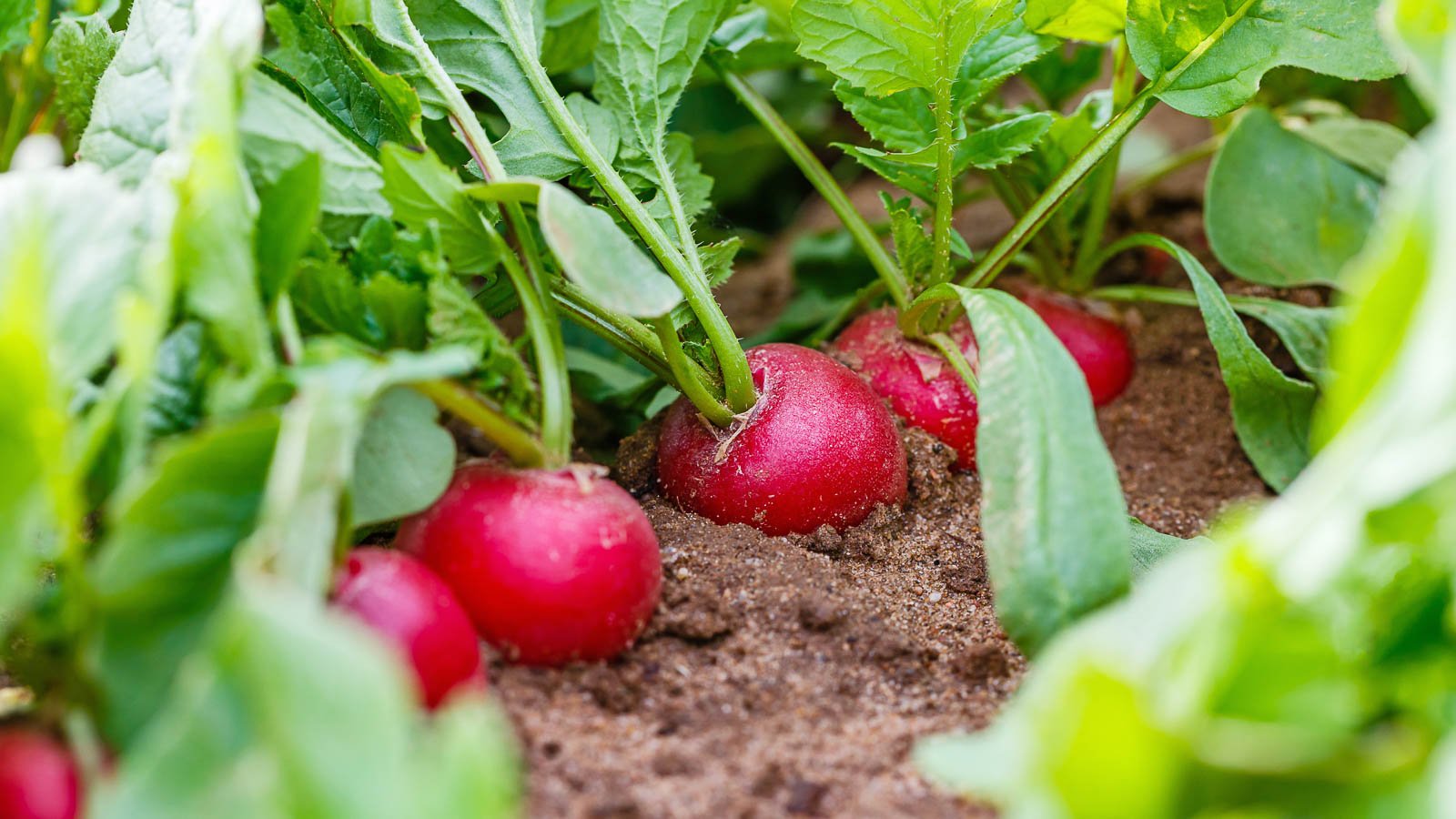

The first classification to focus on is households. There are groupings above households, like orders and kingdoms, nonetheless for gardeners, that’s often as extreme as now we have to go. Larger groupings don’t current as so much helpful knowledge, so we start with this main diploma.
Vegetation with associated constructions are grouped into households. This comprises the type of the leaves, the enlargement habits of the stems, or the type of the flowers or seeds. They end with aceae and typically start with genus names we are going to acknowledge, like Orchidaceae.
Let’s take broccoli as an example. The family title is Brassicaceae, usually usually often called the brassica family. This family accommodates many alternative crops, along with radishes and mustards, and ornamentals like alyssum.
Understanding that vegetation inside the same family share traits is beneficial in cultivation, considerably by way of points like pests. Everytime you understand which pests usually tend to aim a positive family, chances are you’ll protect not only one species nonetheless all that fall inside that group. Administration methods are moreover often associated between vegetation in a family.
Genus
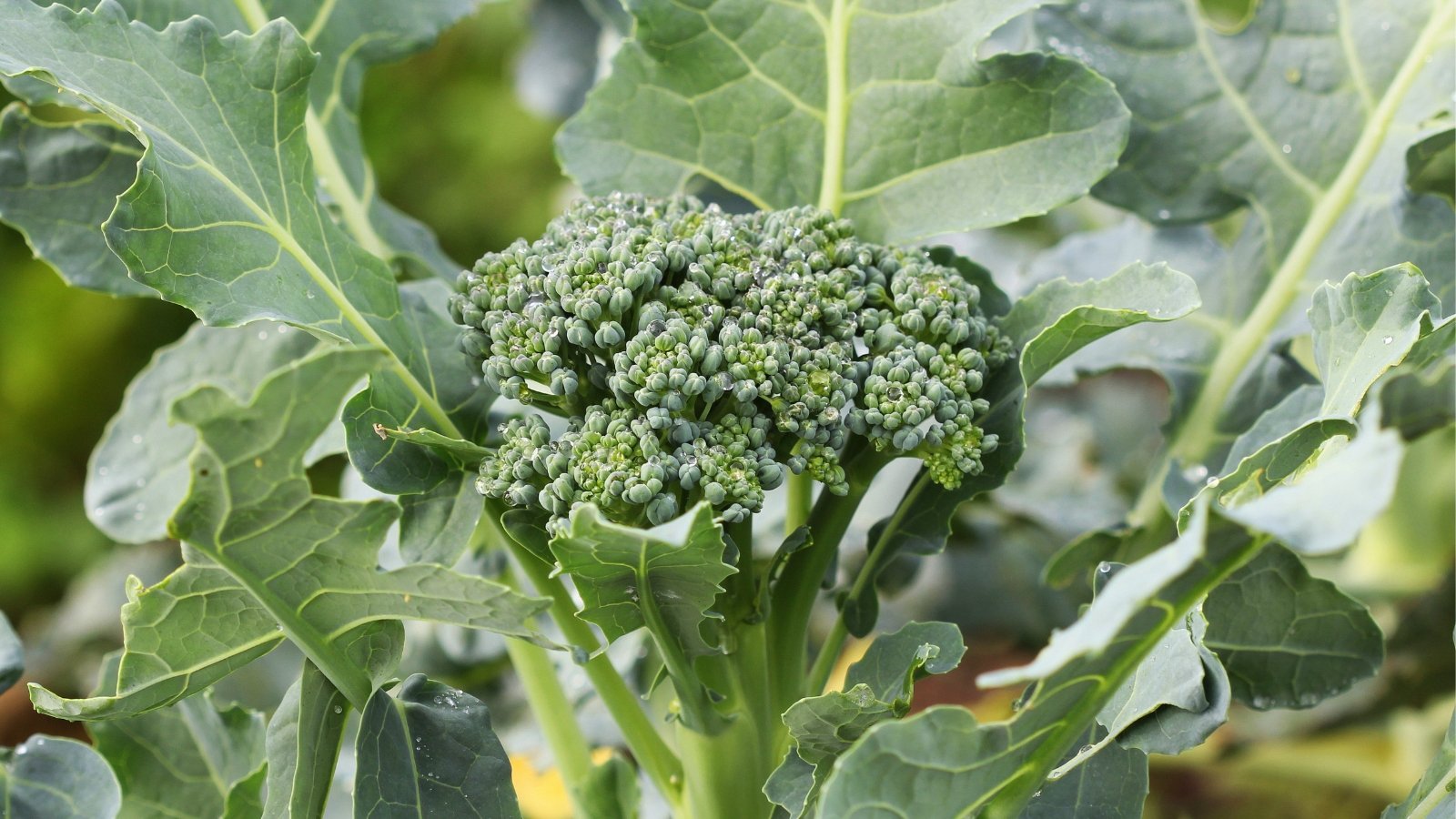

Inside a family, now we have now a genus. Or in plural, genera. The principle is an identical as with households – vegetation are grouped collectively because of they’ve associated traits. Nonetheless, inside the case of the genus, they’ve far more in frequent than vegetation inside the same family.
There may very well be tons of of genera inside a family, or simply some, counting on the size. Once more to the broccoli occasion, the genus title is Brassica (with out the aceae on the end). Genera are on a regular basis capitalized and italicized, too.
Many genera are only a few hundred years earlier, initially named when binomial nomenclature was launched. Nonetheless, as scientists obtain further particulars concerning the building of vegetation over time, genera might change, or species inside genera might switch spherical.
For example, although many acknowledge the houseplant snake plant as Sansevieria, it was reclassified only a few years previously into the Dracaena genus based totally on new molecular phylogenetic analysis. It takes a while for gardeners to catch on (we’re clearly not followers of change), so that you simply’ll often see vegetation nonetheless named using their earlier genus, or every genera listed as synonyms.
Species
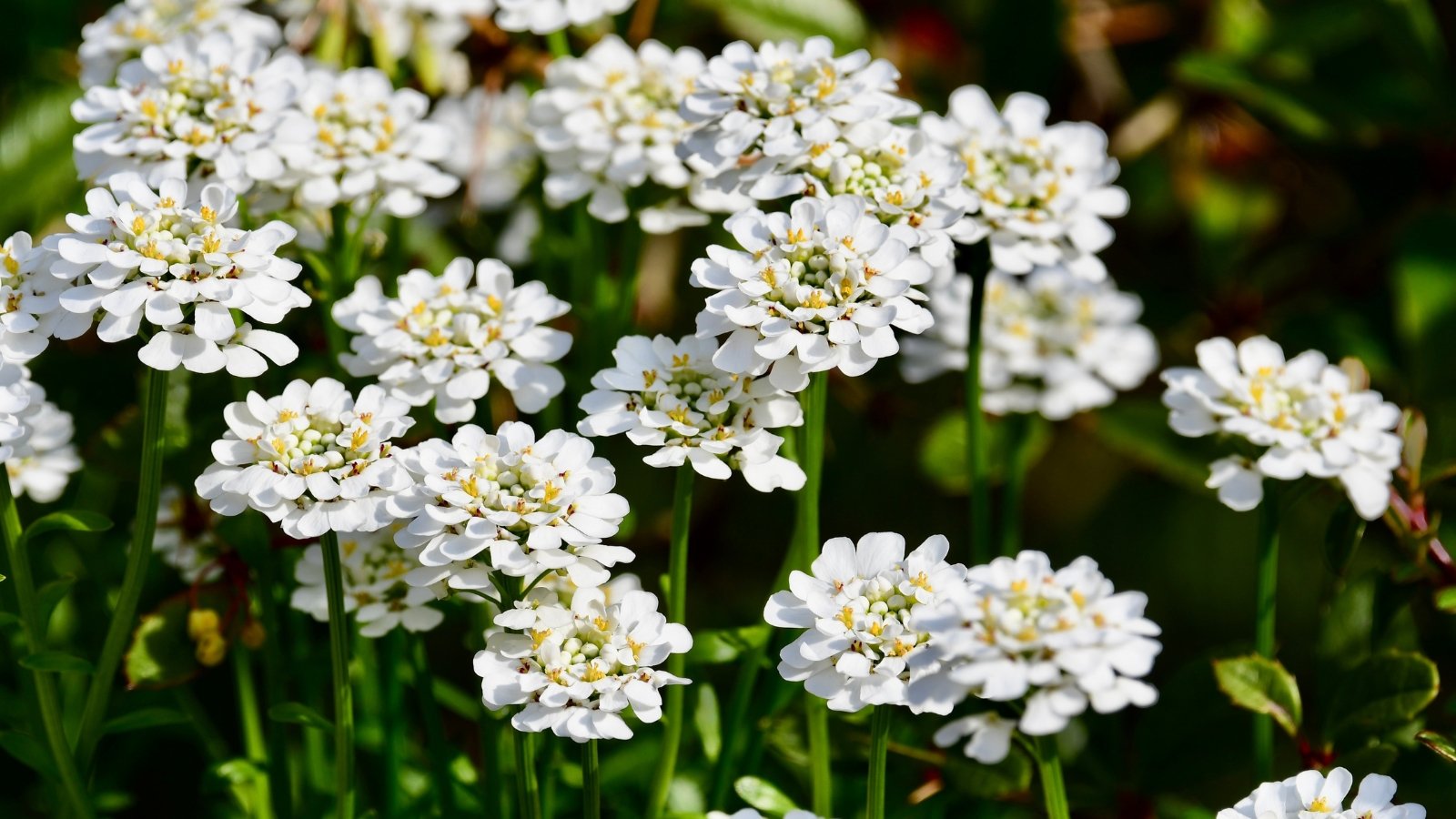

A species title consists of two phrases as per binomial nomenclature (the ‘bi’ prefix gives that away). The first phrase refers again to the genus, and the second often called the exact epithet.
Specific epithets set up specific traits that set a plant apart inside a genus. They often give us clues to how the plant grows, the place it was found, or who ‘discovered’ it. Some have Latin roots and others have Latinized Greek roots. Some are merely a mannequin of the classifier’s title.
Everytime you work with vegetation often, you’ll get to know the connections shortly. Some phrases, like ‘flora’ or ‘grand’ are easy to acknowledge already to help us decipher why a plant was named meaning. Others are further difficult. In relation to vegetation named after people, vegetation ending in –ii are named after males, and –ae after women.
Listed below are only a few examples of root phrases, prefixes, or suffixes:
- Lact: Milky, as in Paeonia lactiflora
- Aure: Gold, as in Epipremnum aureum
- Phyl: Leaf, as in Arisaema triphyllum
- Angust: Slender, as in Lavandula angustifolia
- Iber: From Spain, as in Iberis sempervirens
- Maritima: From the seaside, as in Lobularia maritima
The genus title plus the exact epithet varieties the species title. Once more to broccoli, that is Brassica oleracea, or B. oleracea. The exact epithet roughly means vegetable, indicating what this species is commonly used for.
Choice
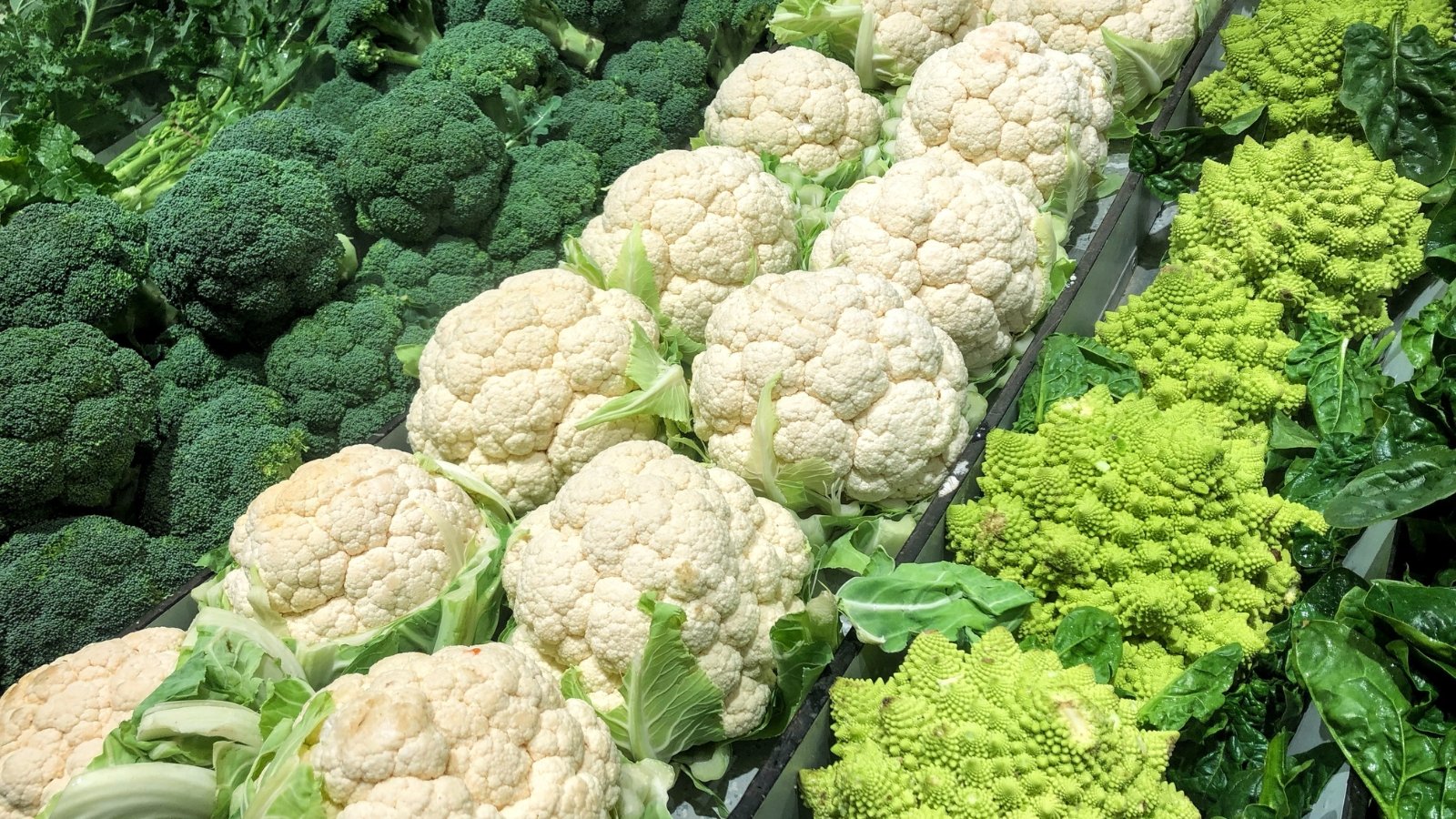

Varieties are completely totally different variations of a particular species (although not all species have completely totally different varieties inside them). They’re distinctly completely totally different from the first species in numerous strategies nonetheless are nonetheless genetically related.
Varieties often emerge naturally with out direct human intervention, nonetheless this is not on a regular basis the case. This will likely very effectively be a random adaption, cross-pollination, or the outcomes of evolution. Varieties are indicated by the abbreviation var. between the exact epithet and the vary title. Some varieties emerged by way of cultivation by individuals.
Broccoli is Brassica oleracea var. italica, a variety of untamed cabbage that was cultivated by individuals. The botanical Latin phrases are on a regular basis in italics, whereas the var. stays customary.
What primarily separates varieties from cultivars is that varieties are true to sort, whereas cultivars won’t be. Plant varieties are often regular, allowing you to develop the an identical plant from seed. These self similar traits that make it distinctive from the species will keep inside the new plant. In numerous phrases, they develop true to sort. The an identical is not true for cultivars, which we’ll take a look at subsequent.
Cultivar
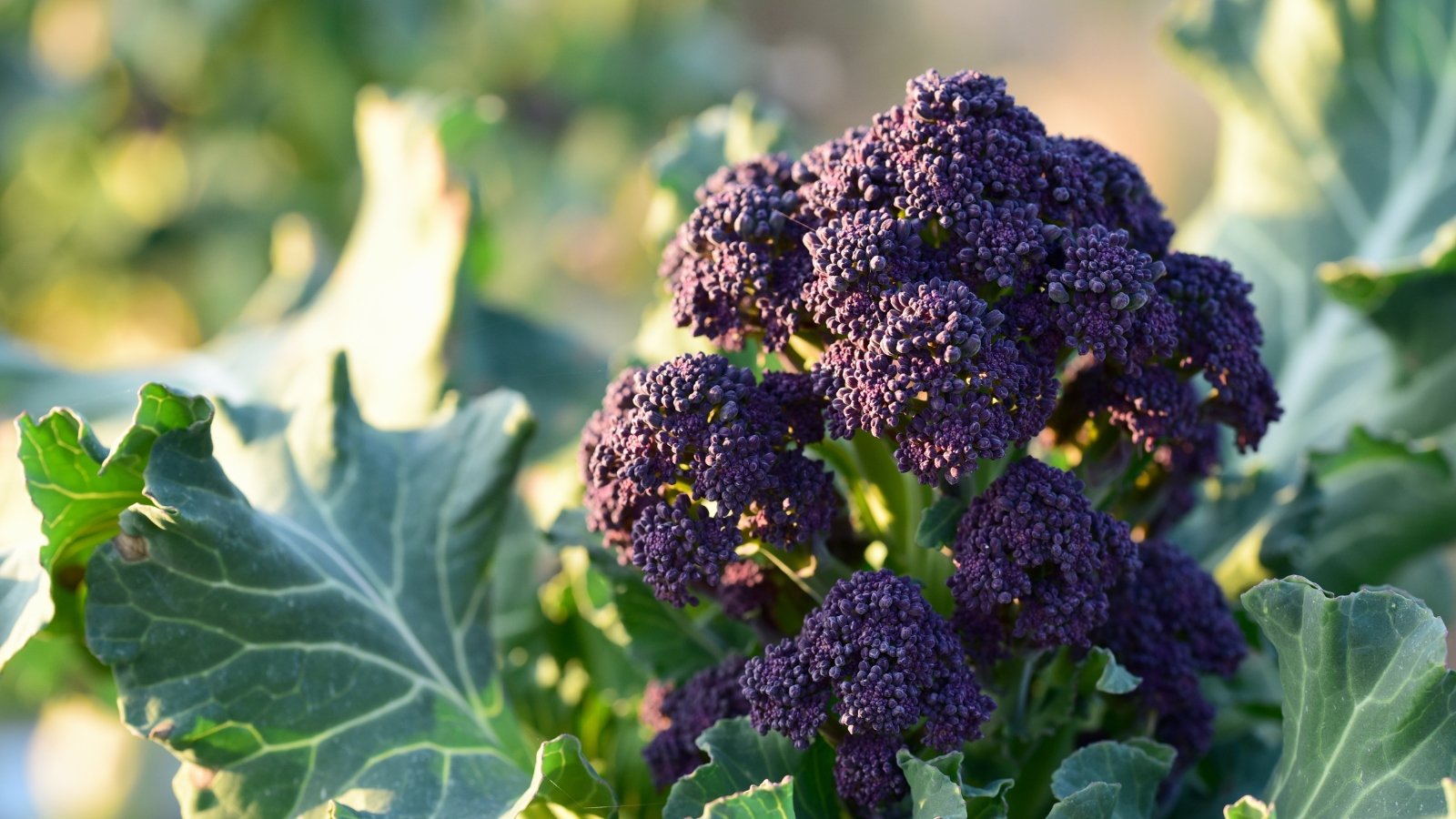

A cultivar is a single plant that has been bred by individuals in a managed setting and produces a specific attribute. This botanical time interval is a combination of ‘cultivated’ and ‘choice’, indicating a subgroup of a species that was particularly cultivated by people.
Plant breeders produce cultivars for lots of causes, nonetheless the target is enchancment of some kind, each in growth habits or ornamental price. Just a few of those cultivars are a cheerful accident, though.
For example, there are cultivars of numerous vegetable crops which have been bred to be proof against positive illnesses, lowering the possibility of ruining your harvest. Aggressive species have cultivars bred to be a lot much less invasive inside the yard. Others are created to reinforce flower coloration or foliage patterns. The itemizing goes on.
The key distinction between a variety and a cultivar is cultivars are harder to breed from seed. They’re able to be cloned using vegetative propagation. Breeders often patent their cultivars sooner than distribution, so it might presumably actually be illegal to propagate a patented cultivar for resale.
Ending off the broccoli occasion, there are a variety of attention-grabbing cultivars to pick from, like ‘Di Cicco’ or the extreme purple ‘Burgundy’. The cultivar title will appear after the species title, on a regular basis inside quotes and with capital letters. So the whole title might be Brassica oleracea var. italica ‘Di Cicco’.
[ad_2]

